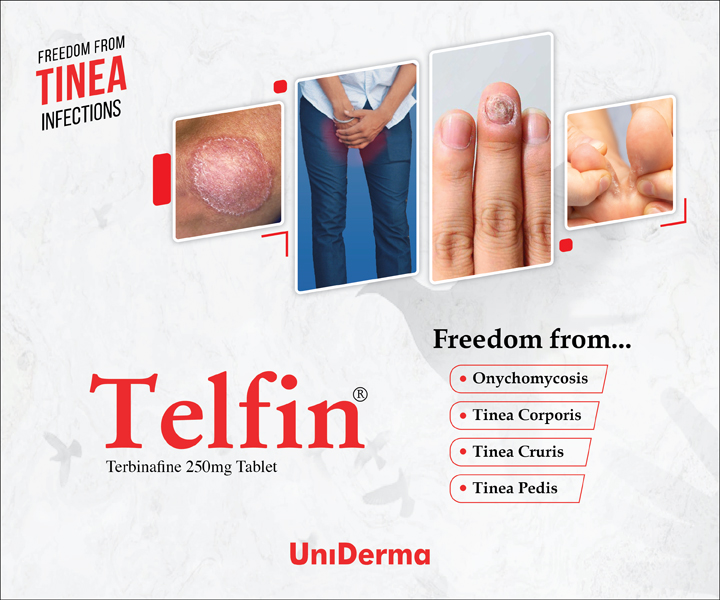Recent advances in therapies for Onychomycosis and its management
PubMed Central: Published June, 2019
Onychomycosis is a fungal infection
occurring in the nails and may affect the adjacent skin. Typically, it
manifests as discoloration of the nail, nail plate thickening, and onycholysis.
It is the most common nail pathology and accounts for about 90% of toenail
infections worldwide.
At present, there are several oral,
topical, and physical therapies broadening the treatment options available to
patients. Additionally, combination therapy with several drug
classes/modalities can be considered.
TAKE HOME MESSAGE
Traditionally, oral therapeutics
have been the preferred treatment because of their accessibility and efficacy. Terbinafine and Itraconazole are US Food and Drug Administration (FDA)–approved
oral antifungal medications.
Owing to its chemical composition,
the nail is a formidable barrier to the permeation of drugs, and diffusion into
the nail is poor relative to the skin. This, coupled with slow toenail growth,
requires that topicals be used for 12 months or longer, ideally until a healthy
nail has regrown.
Topical therapies Efinaconazole, Tavaborole can
effectively treat onychomycosis, particularly when patients adhere to treatment
instructions.
Despite significant advances in the
effectiveness of topical treatments, mycological and complete cure rates remain
relatively lower than those of some of the oral agents.
Typically, oral therapeutics are reserved for severe infections because of their safety issues and drug–drug interactions.
US Food and Drug Administration–approved drugs and respective cure rates at week 48.
|
Drug |
Mycological cure |
Complete cure |
|
Oral medications |
||
|
Terbinafine |
70% |
38% |
|
Itraconazole |
54% |
14% |
|
Topical medications |
||
|
Tavaborole |
31.1% |
6.5% |
|
Efinaconazole |
53.4–55.2% |
15.2–17.8% |
|
Ciclopirox |
29–36% |
5.5–8.5% |






Comments
You must login to write comment